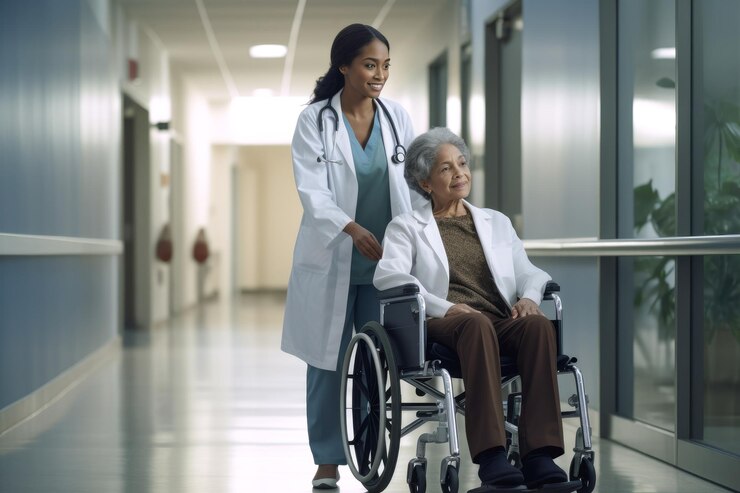Maintaining independence is a fundamental aspect of one’s quality of life, and for individuals with limited mobility, mobility and transfer assistance play a crucial role in achieving this goal. Mobility refers to a person’s ability to move around and perform daily activities, while transfer assistance involves techniques and tools used to help individuals move from one place to another, such as from a bed to a chair or from a wheelchair to a vehicle. These forms of assistance are particularly essential for those with physical disabilities, older adults, or individuals recovering from injuries.
Table of Contents
ToggleUnderstanding Mobility
Mobility encompasses a broad spectrum of movements, including walking, standing, sitting, and changing positions. For many, mobility is a seamless and often taken-for-granted aspect of daily life. However, individuals with physical limitations may face challenges in performing these basic activities independently. Disabilities, aging, injuries, or medical conditions such as arthritis or neurological disorders can significantly impact an individual’s mobility.
Transfer Assistance
Transfer assistance involves the techniques and tools used to help individuals move safely and efficiently between different surfaces or positions. This can include transfers from beds to chairs, wheelchairs to toilets, or in and out of vehicles. The primary goal is to minimize the risk of injury for both the individual and any caregivers involved in the transfer process.
Common transfer assistance methods and tools include:
Transfer Belts: Also known as gait belts, these are sturdy straps worn around the waist to provide a secure grip for caregivers during transfers.
Transfer Boards: Sliding boards that bridge the gap between two surfaces, facilitating smooth transfers for individuals with limited mobility.
Mechanical Lifts: Powered devices that assist in lifting and transferring individuals from one location to another, reducing the physical strain on caregivers.
Assistive Devices: Such as canes, walkers, or crutches, which aid individuals in maintaining stability and balance while moving.
Adaptive Furniture: Modified furniture with features such as raised seats or handles to make transfers easier.

The Importance of Mobility and Transfer Assistance
Enhancing mobility and providing effective transfer assistance is essential for several reasons:
Independence: Maintaining mobility allows individuals to retain a sense of independence, contributing to their overall well-being and mental health.
Prevention of Complications: Immobility can lead to a range of health issues, including muscle atrophy, joint stiffness, and pressure ulcers. Regular movement, facilitated by appropriate transfer assistance, helps prevent these complications.
Quality of Life: The ability to move freely and transfer independently fosters a higher quality of life. It enables individuals to engage in social activities, access healthcare services, and participate in daily routines.
Reduced Caregiver Strain: Proper transfer assistance tools and techniques not only benefit the individual but also reduce the physical strain on caregivers, promoting a safer and more sustainable caregiving environment.
Conclusion
Mobility and transfer assistance are integral components of maintaining independence and improving the overall quality of life for individuals with limited mobility. By understanding the unique needs of each individual and employing appropriate tools and techniques, caregivers and healthcare professionals can significantly enhance the well-being of those they serve. These efforts contribute to a more inclusive and supportive environment, where everyone has the opportunity to move with dignity and autonomy.






